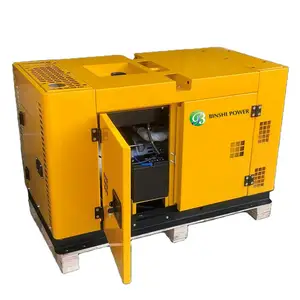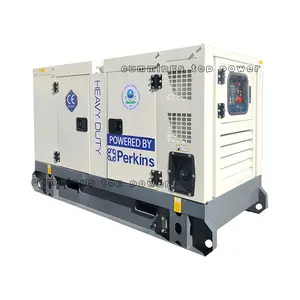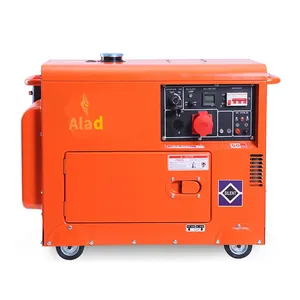Popular in your industry











Related Searches:






















Top categories
About transformer circuit
Understanding Transformer Circuits
Transformer circuits are integral components in modern electrical systems, facilitating the transfer of electrical energy between two or more circuits through electromagnetic induction. The core function of a transformer circuit is to increase or decrease voltage levels to meet the specific needs of a system, making them essential for a wide range of applications.
Types of Transformer Circuits
There are various types of transformer circuits designed to cater to different requirements. A one phase transformer, for instance, is commonly used in residential settings for household equipment. In contrast, industrial applications may require a three phase to one phase transformer to handle heavy machinery. Specialized circuits, such as the center tapped full wave rectifier, are used in electronic devices to provide a stable DC output from an AC input.
Applications and Features
Transformer circuits are versatile, with applications ranging from small-scale electronics to large industrial machines. An electrical circuit transformer can be found in power distribution networks, while a dc to dc converter 12v is crucial in automotive and battery-operated devices to ensure consistent voltage supply. Features of transformer circuits vary, with some designed for basic voltage conversion, like a 24v dc to 12v dc converter, and others, such as the tesla coil circuit, serving more complex functions.
Design and Material Considerations
The design of a transformer circuit takes into account the application's specific needs, including the environment in which it will operate. For example, transformers intended for outdoor use must be robust enough to withstand environmental factors. Material selection, such as the quality of the primary coil and primary winding of transformer, is critical to ensure efficiency and durability.
Choosing the Right Transformer Circuit
Selecting the appropriate transformer circuit requires understanding the load requirements, voltage, and frequency needs of the application. Whether it's a transformer short situation or the need for a flyback driver, the circuit must match the specific demands of the system it will serve. Additionally, considerations such as the transformer primary and secondary design are crucial for ensuring compatibility and performance.
Advantages of Transformer Circuits
Transformer circuits offer several advantages, including the ability to efficiently change voltage levels, isolate different parts of electrical systems, and adapt to various power distribution requirements. The versatility of a coupling transformer allows for safe and effective energy transfer across circuits, highlighting the importance of these components in modern electrical infrastructure.

























